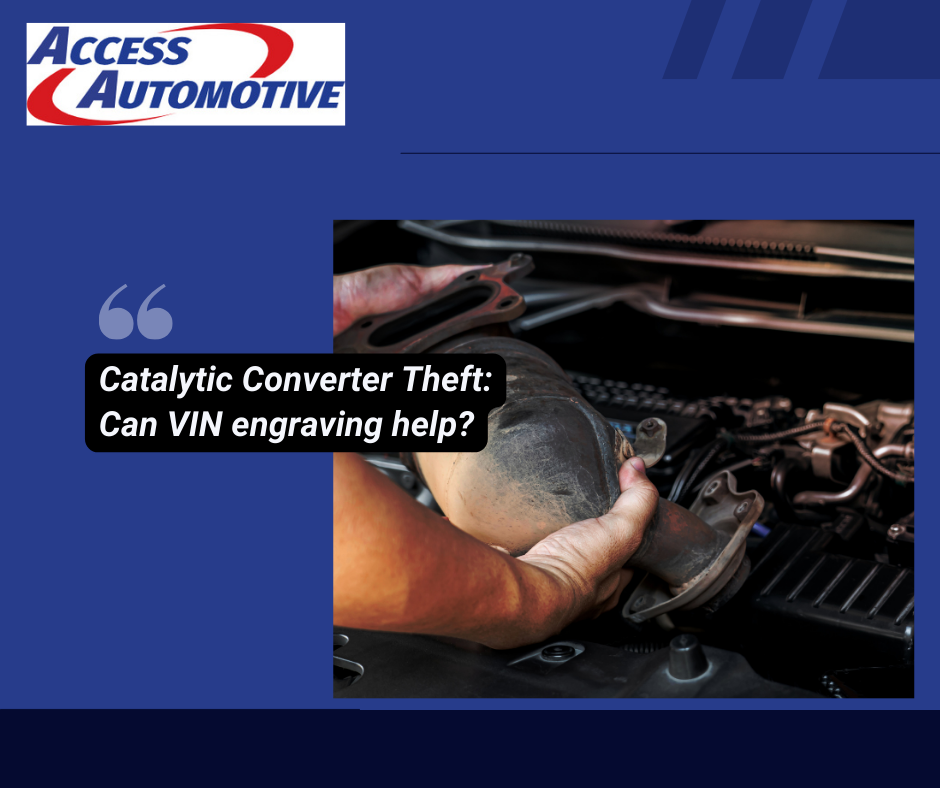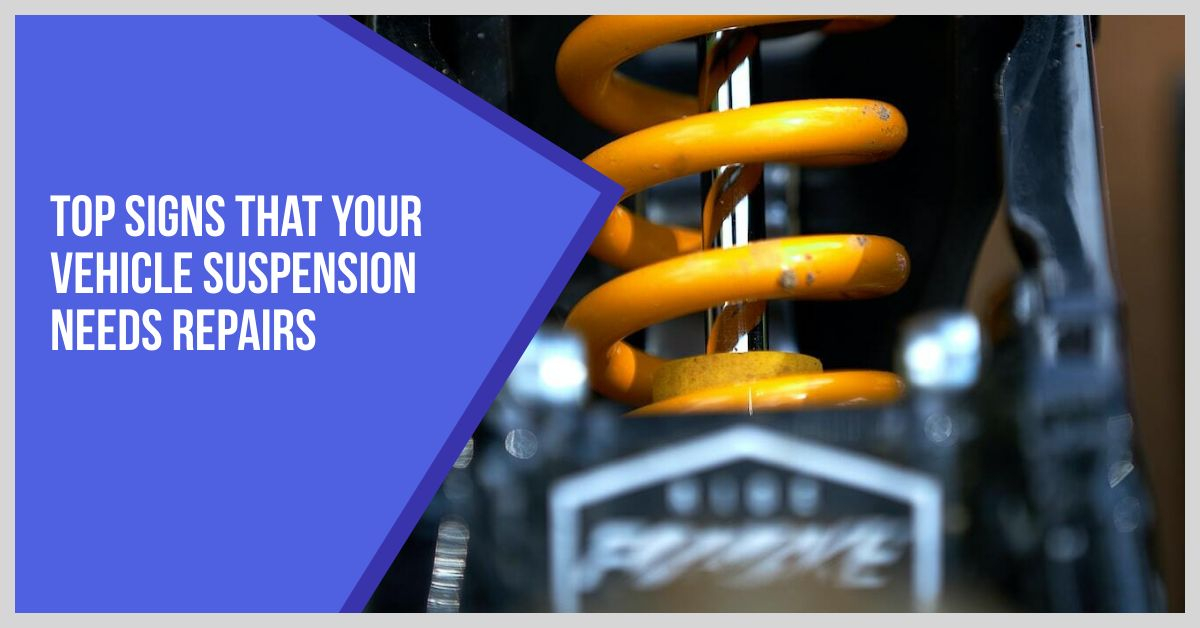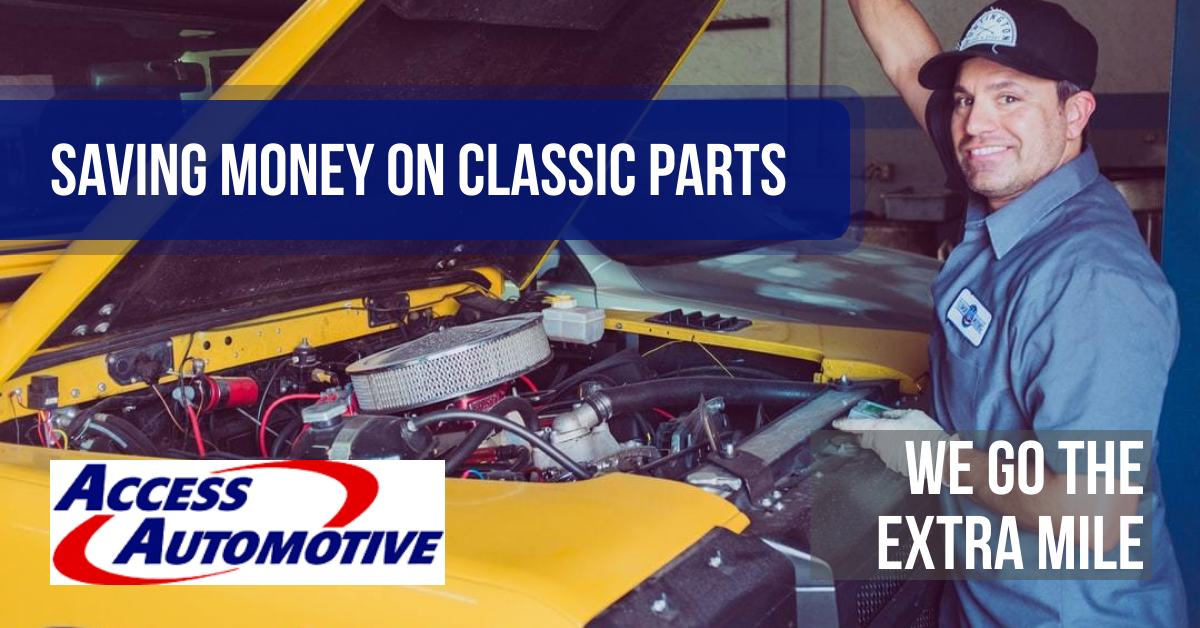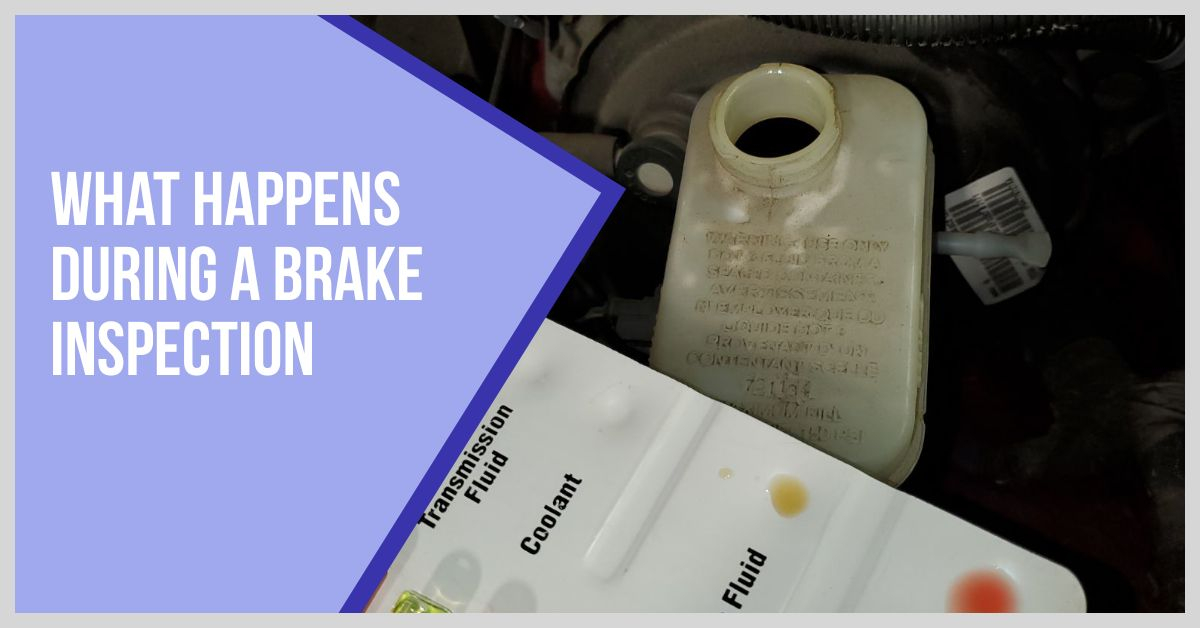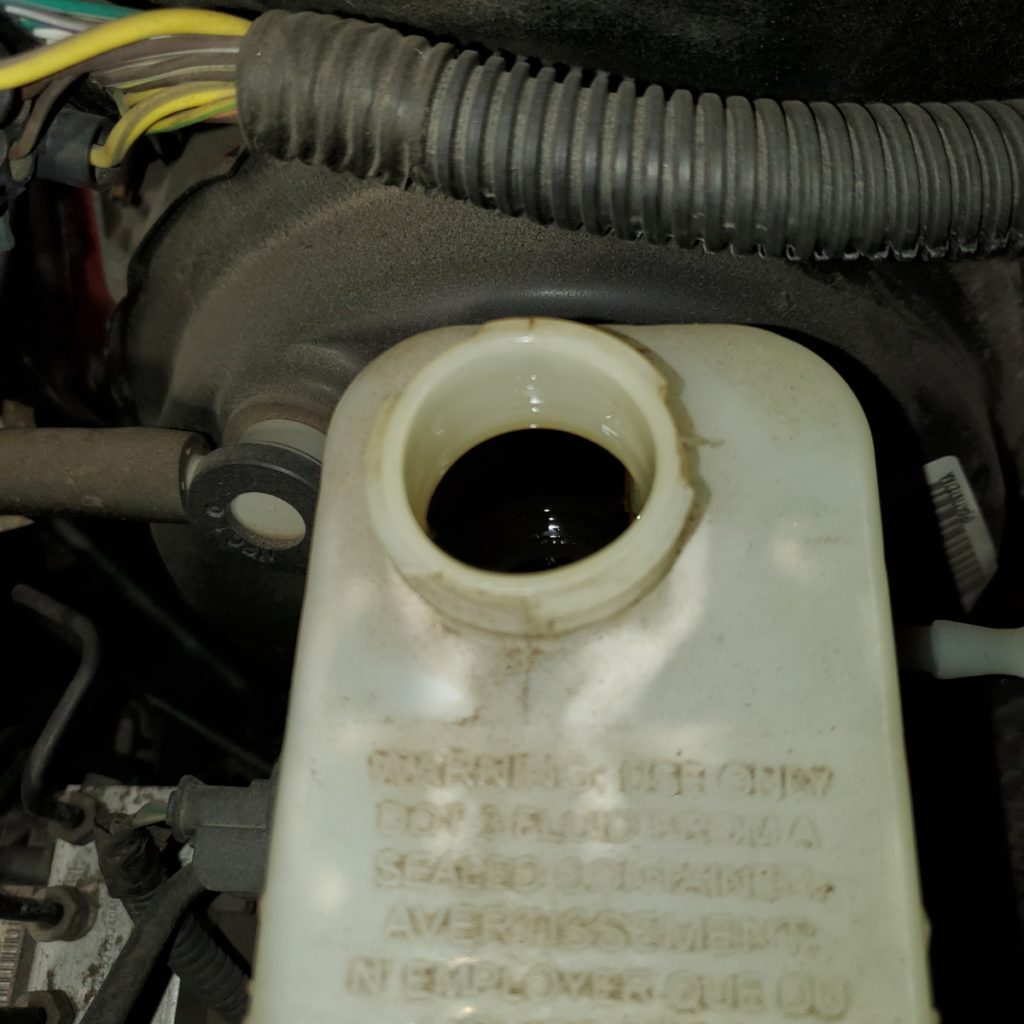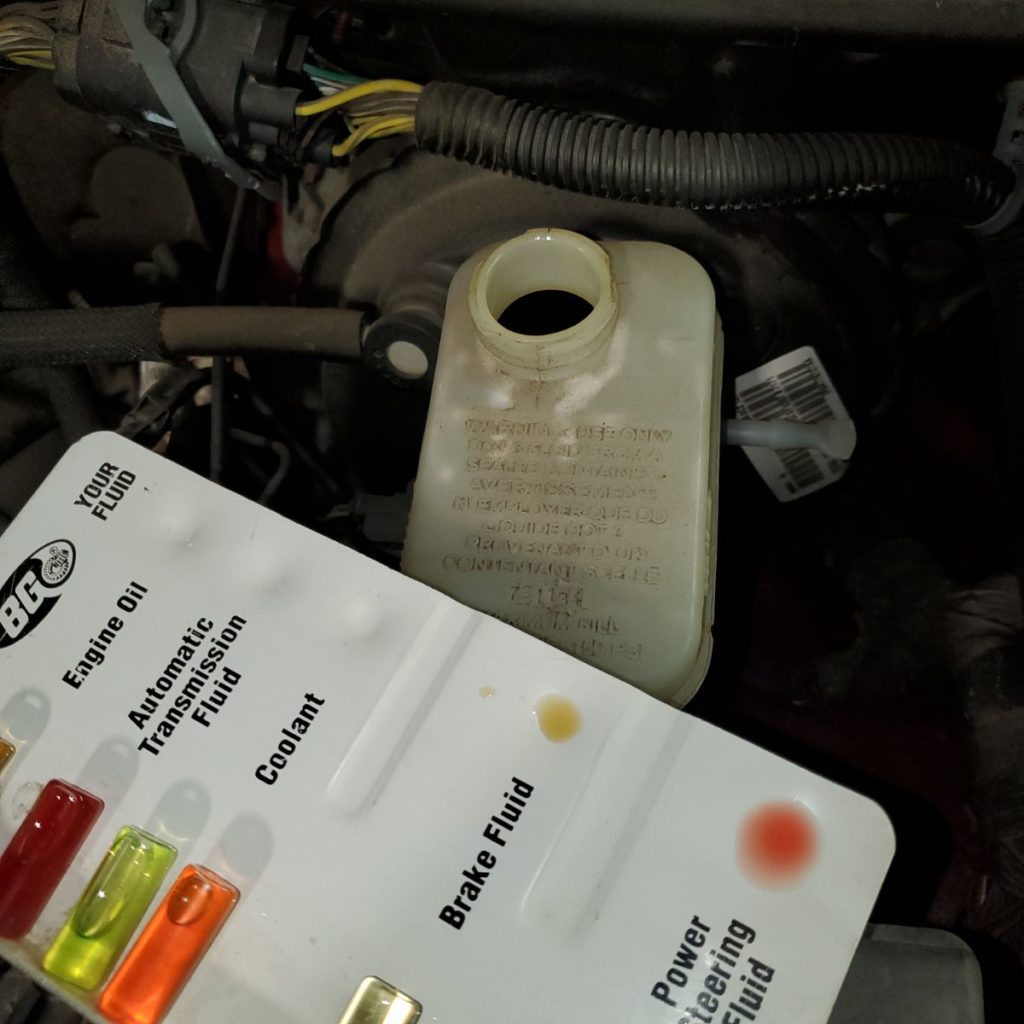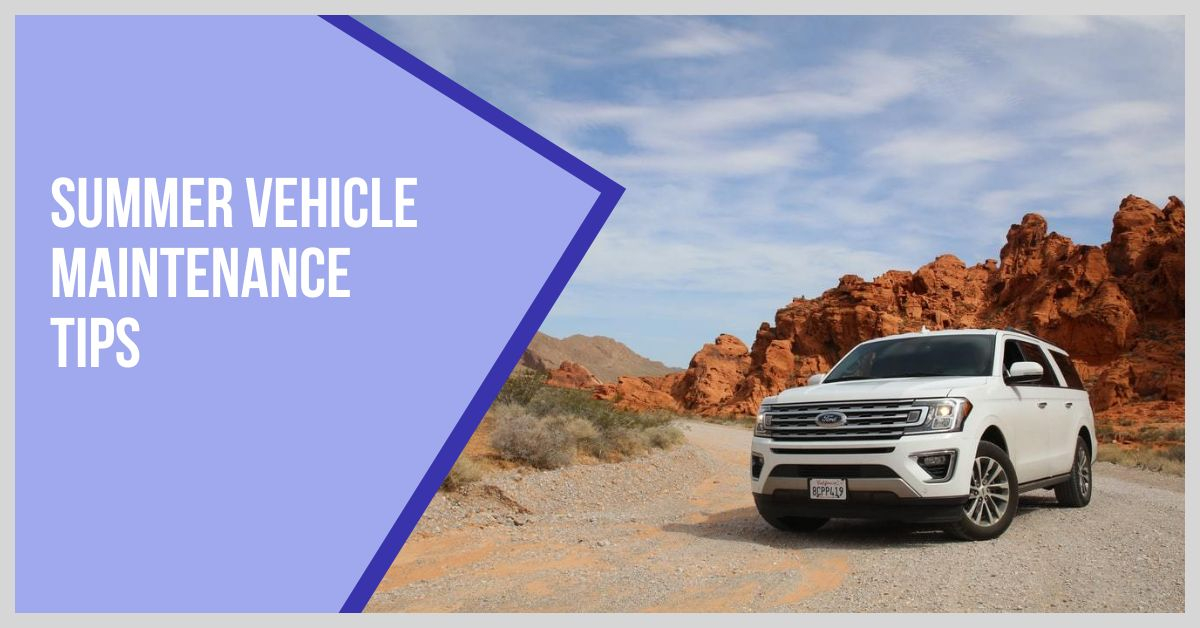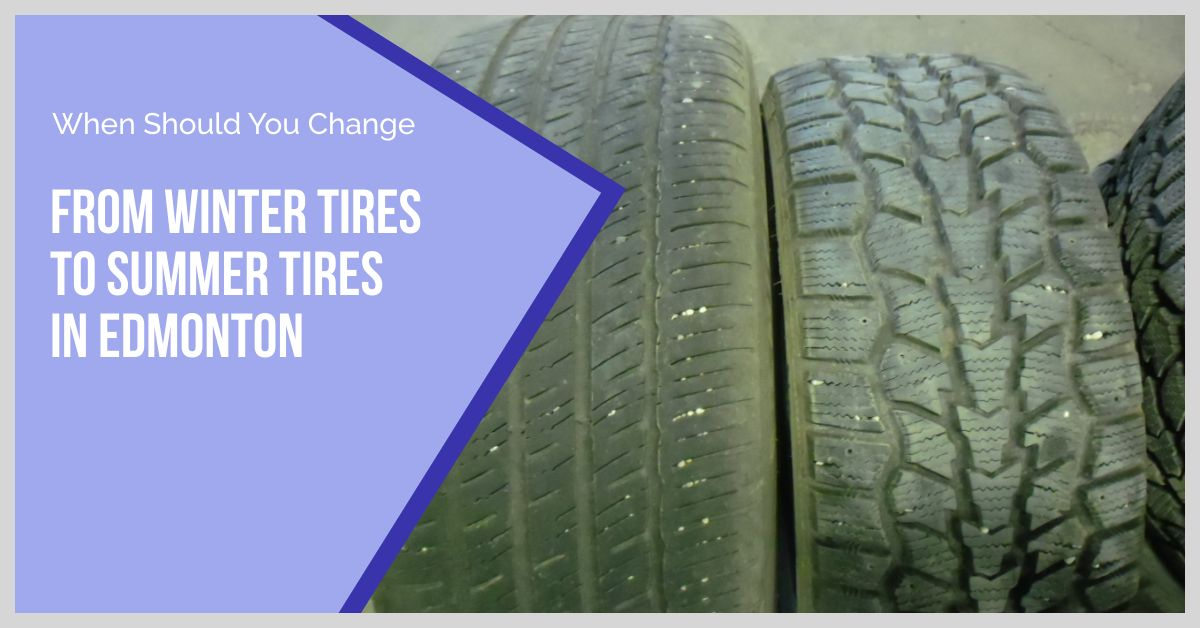In recent years, catalytic converter theft in Edmonton has become a rampant and costly crime across the globe. The precious metals within these emissions control devices, such as platinum, palladium, and rhodium, have led to a rise in thefts due to their lucrative value in the black market. To combat this issue, an effective and relatively simple deterrent has emerged: engraving the Vehicle Identification Number (VIN) on catalytic converters. This practice has gained attention for its potential to discourage theft, aid law enforcement, and provide vehicle owners with a stronger sense of security.
Understanding the Problem of Catalytic Converter Theft
Catalytic converters are an essential component of a vehicle’s exhaust system, responsible for reducing harmful emissions. The increasing value of the metals they contain, coupled with their relative accessibility, has made them a prime target for thieves seeking quick profits. Vehicles parked in unsecured locations, such as public streets and parking lots, are particularly vulnerable. The cost of replacing a stolen catalytic converter, coupled with potential damage to the vehicle, can be substantial, creating a financial burden for vehicle owners and insurance companies alike.
I called the scrap metal recycling place down the street that I’ve been doing business with for over 20 years, General Recycling Industries, and they told me that they don’t take catalytic converters anymore because of the legal paperwork hassle, and I’m guessing that most other metal recyclers in the city are the same if there is doubt to the origin of the catalytic converter.
Engraving the VIN on catalytic converters serves as a powerful deterrent against theft for several reasons:
1. Traceability: When thieves encounter a catalytic converter with a visible VIN, they may be discouraged from stealing it because the engraved number could be linked back to the stolen vehicle. This traceability increases the risk of being caught and prosecuted.
2. Difficult Resale: Engraved catalytic converters are less attractive to potential buyers in the black market. These buyers are aware that converters with identifiable markings are harder to sell without raising suspicion.
3. Law Enforcement Assistance: Engraved VINs facilitate the identification and recovery of stolen catalytic converters. Law enforcement agencies can quickly verify ownership and return recovered converters to their rightful owners.
4. Disruption of Criminal Networks: The increased risk of capture and the reduced resale value of engraved converters can disrupt the profitability of criminal networks involved in catalytic converter theft.
5. Public Awareness: Promoting the practice of VIN engraving raises public awareness about catalytic converter theft. Vehicle owners are more likely to take preventive measures, such as parking in well-lit areas and using anti-theft devices.
Implementing VIN Engraving
Engraving a VIN on a catalytic converter is a relatively straightforward process. A specially designed engraving tool is used to etch the 17-character VIN onto the surface of the converter. This engraving should be placed in a visible and accessible location. It is recommended to consult a professional mechanic or a service center to ensure proper engraving without causing damage to the converter.
Additional Security Measures
While VIN engraving is an effective deterrent, combining it with other security measures can further enhance the protection of your vehicle and its components:
1. Parking in Secure Locations: Whenever possible, park in well-lit areas with surveillance cameras or in a locked garage.
2. Anti-Theft Devices: Consider installing a catalytic converter shield, clamp, or cage to physically deter thieves.
3. Alarm Systems: Installing an alarm system that specifically detects vibrations or tilting associated with catalytic converter theft can alert you and others nearby.
4. Vehicle Tracking Systems: Equipping your vehicle with a GPS tracking system can aid in recovering stolen property.
Catalytic converter theft is a growing concern that impacts vehicle owners and communities worldwide. VIN engraving on catalytic converters offers a viable solution to mitigate theft, discourage criminals, and enhance the chances of recovering stolen property. By implementing this relatively simple yet highly effective measure, vehicle owners can contribute to reducing the prevalence of catalytic converter theft while safeguarding their investments and peace of mind.
Interested in getting your VIN engraved on your catalytic converter while we are service your vehicle? We can do it while you wait. Ask us about this service the next time you come by.

